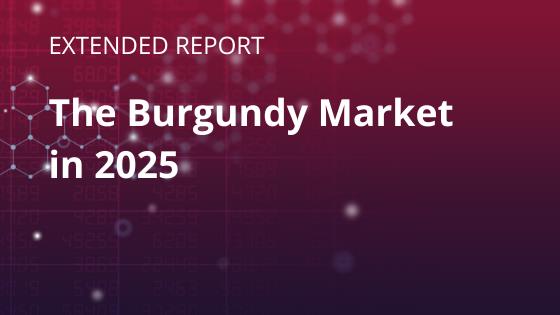As the wine trade becomes increasingly digitalised, 79% of Liv-ex merchant members recently surveyed predict that technology is going to make buying fine wine easier in next five years. Another 88% concur that it has already made the process more efficient. But in what ways? Here we briefly explore two of many.
Wider choice of wines
Firstly, technology has brought diversity to the table. More wines from more regions and more vintages are now available at the click of a button. As reported last week, the total value of live bids and offers on the global wine marketplace reached a record high of £81 million. One reason behind this increase is trading automation. Automated trades have increased three-fold since the beginning of the year, with October 2020 seeing the highest number of automated transactions in a month. They accounted for 37% of the total number of trades. APIs, the technology behind it, has made it easier for merchants to list stock for sale, exposing their diverse inventory to an ever-growing marketplace.
More regions and more vintages (LWIN11) available to buy on the global marketplace

The wines offered come from all corners of the fine wine world, highlighting the diversity on merchants’ lists. Wines bought in 2020 come from more traditional fine wine regions like Bordeaux and Burgundy, but also from England, China, Hungary, Switzerland, Austria, Germany, Chile, Argentina and more. Prices per bottle range from £4 to £21,000.
Greater price transparency
Beyond greater diversity, technology has also brought greater price transparency. This is good news for buyers, who identified finding the right wine at the right price as their key procurement challenge and the most important factor when deciding whether to purchase any given wine.
How important are each of these when deciding whether to purchase any given fine wine?

Nowadays, price insights are widely available online and buyers have several options when it comes to valuing portfolios accurately. Trading automation through APIs has played an important part here too. Automation on the buy-side has enabled merchants to bring real-time price information into their internal systems. Buyers can then customise their view of the market by creating a list of wines that they are interested in. As soon as a new offer appears, they see it on their screens or receive an alert, meaning that they can act fast to buy.
Our exclusive members’ survey confirms that technology is altering fine wine buying in other ways. To find out more, download your free copy of our special report, The Changing Nature of Fine Wine Buying.





